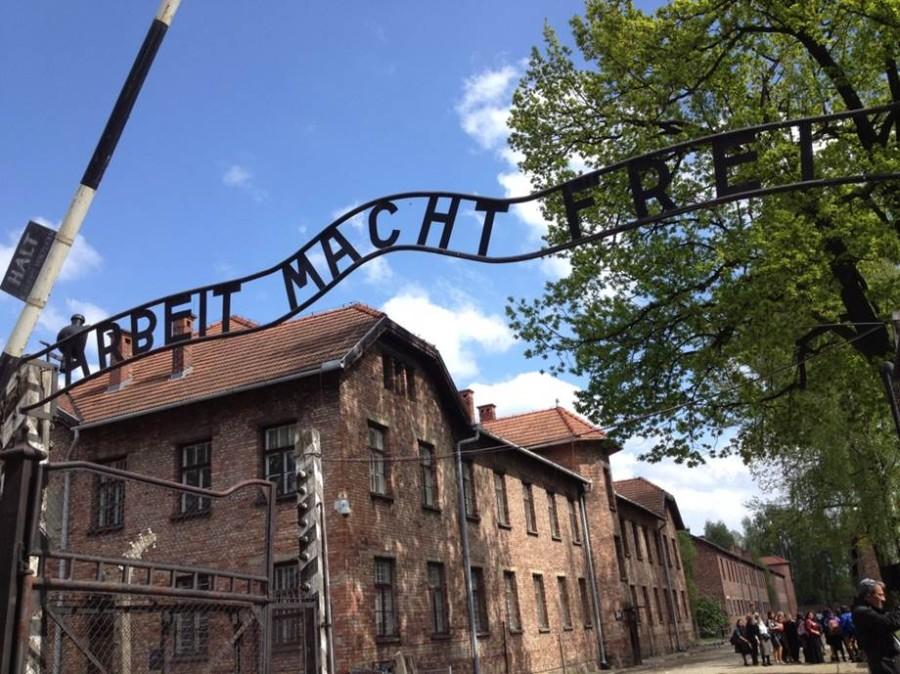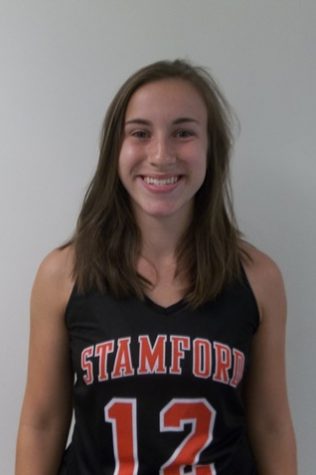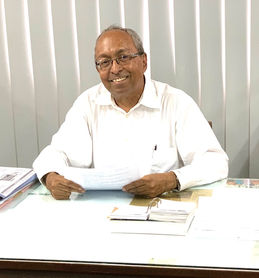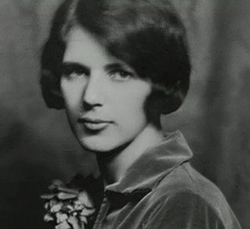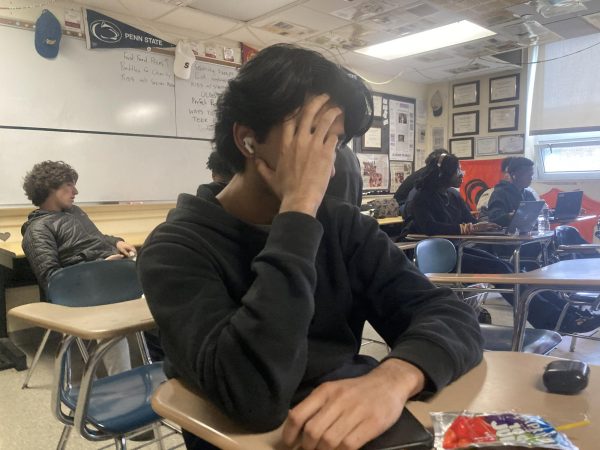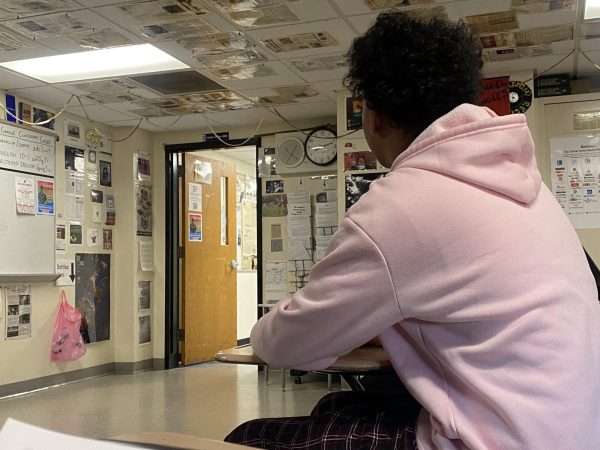SHS students experience life-changing trip
Keren Rubin and Rachel Steinmetz return from “March of the Living 2014” with new outlook
June 5, 2014
Early morning on Thursday, April, 24th a lone bus started its journey from Rhode Island, through New England, to its final stop on the line: Stamford, Connecticut. Once in Stamford, it picked up Stamford High’s very own junior Rachel Steinmetz and senior Keren Rubin, to embark on the journey of a lifetime.
Steinmetz and Rubin joined 22 otherJewish teens from the New England Region, and 11,000 Jews from all over the world, for the March of the Living 2014. This two week trip split the time between Poland and Israel and had the purpose of teaching the next generation of Jews about the Holocaust and where they’ve come from.
In preparation of the trip, Steinmetz and Rubin took a Holocaust class through Kulanu, a Jewish teen education program, at the Jewish Community Center. Here they learned about the Holocaust and what kinds of things they would be seeing on the trip.
While this class went well, the organization of this trip was not all smooth sailing. A requirement of the trip is to go with a Holocaust survivor from your region. That’s easier said than done (and that’s not even very easily said). The first problem was that not many Holocaust survivors are alive anymore. The second issue was that this trip takes place during three special holidays: Yom HaShoah,Yom HaZikaron, and Yom HaAtzmaut: Holocaust Remembrance Day, Israeli Memorial Day, and Israeli Independence Day respectively. Many of the survivors wanted to be able to celebrate these days with their families.
Luckily, 84-year-old Holocaust survivor Siegmund “Siggy” Listwa, of Connecticut, agreed to go on the March of the Living trip for the second time, and so he, along with 24 New England teens, 18 chaperones, and a Rabbi, took off from JFK and landed in Krakow, Poland.
A typical day in Poland started at six or seven. Everyone would wake up, pray, and eat. They then took an hour or so ride to a concentration camp or a Holocaust memorial site. Then came lunch. After that they would visit another camp or museum. They would sometimes get free time after that, have dinner, and then it was bedtime at 11 or 12. Whenever they had time they were expected to write in journals and reflect on their day. Steinmetz says it was “hard” and “different” writing her thoughts on paper. This was a long and emotionally draining day.
During their trip they visited about five death and concentration camps: Auschwitz, Birkenau, Majdanek, Belzec, and Treblinka. At death camps people would walk right off of freight cars to their deaths, while at concentration camps people worked for the Nazis before eventually being killed. Two of the hardest places to visit, according to Steinmetz, were Majdanek and Auschwitz. At Majdanek there were many tears amongst the teens as they saw the giant ash pit of some of the 11,000 people killed during the Majdanek Harvest Fest. Harvest Fest consisted of Nazis playing music, digging holes, putting people in those holes, and then shooting. The weird thing about Majdanek, Steinmetz said, was that it was in a big city, surrounded by giant buildings – “how could nobody say anything?”
At Auschwitz, Steinmetz felt like she had to leave. It gave her the chills seeing the piles of shoes, hair, brushes, prosthetics and more, that were from the persecuted. There was also a point when they went into a gas chamber. In there, a survivor was telling her story. Many people on the trip stood in there listening to the story, and Steinmetz says it was “very scary to be stuck in there.” It got claustrophobic fast, and seeing nail claw marks and stains from the gas beads on the wall did not help matters.
Rubin also had a hard time at Auschwitz. Her mother’s whole side of the family, except for her grandfather, died there. She says that “it was weird to think when I went into the gas chamber that I could’ve been walking in their footsteps.”
The hardest to handle by far, though, for Rubin, was Belzec. She describes the entrance to this death camp as a never ending tunnel. She says “you can’t see where you are going until you reach the end.” She felt as though the walls were closing in on her and said that the eeriest part was when you made it through the tunnel and entered the camp you saw smoke rising from industrial buildings nearby. The smoke’s resemblance to that of smoke rising from a gas chamber made the experience unnerving to say the least. There was also a poem (see picture) that was there that sent her over the edge and had her crying on the ground.
Then, on Yom HaShoah, the trip stayed true to its name: everyone on the March of the Living Trip embarked on a giant march. They started in Auschwitz and marched for about three kilometers (forty-five minutes) to Birkenau. This march showed the participants what it was like for people in the Holocaust who were forced on death marches. Death marches were usually done when a concentration camp had to be evacuated during the war. Prisoners were forced to march long distances to other camps in terrible conditions. Some died of the bitter cold, or the lack of food, water, or rest. Some were shot if they couldn’t keep up, and some were just shot for fun. Siggy himself marched for 100 days during the Holocaust. The march also symbolizes the unity of the Jewish people, and shows that “Hitler failed –the Jewish people are still alive.”
The last five days of the trip were then spent in Israel. It was a “weird transition” for Steinmetz, and since she had been there before, for a class trip in middle school, it didn’t have the effect on her that it did on most people. Rubin loved it though, and says that her favorite part was “waking up on the bus, looking to the left, and seeing Jerusalem for the first time.”
They went to all the “basic tourist sites,” like the Dead Sea, Mount Masada, Yehuda Street (Israel’s Times Square) and the Western Wall. They also visited Connecticut’s sister city of Afula (each state in the U.S. has a “sister city” in Israel). While they stayed in hotels in Poland and for the majority of the nights in Israel, they also spent two nights on a Kibbutz. A Kibbutz is like a communal farm, though they may specialize in non-agricultural goods, that is based on a system of joint-ownership of property and goods.
While in Israel they also participated in a second march on Yom HaAtzmaut. It took about thirty minutes and went Safra Square to the Western Wall. After the march the 11,000 Jews were reunited for a giant concert in which Rachel Steinmetz was a proud crowd surfer.
Overall the two said that they enjoyed Israel more. It was a happier and less emotionally draining trip. They both agreed that Poland was hard, especially because the two were in agreement that the chaperones sort of “forced you to be sad.” On the rides before and after every camp and memorial site they were told to be silent, which was hard because they wanted to bond with their trip mates, and because the experience was overwhelming enough as it is. Having to be silent and left alone with your thoughts about the Holocaust for two hour rides could send even the most stable of people over the edge.
To anyone on the fence about attending the March of the Living, though, both Steinmetz and Rubin say to “definitely do it.” It was “so much fun.” They agreed that most people decide not to take the trip because they are worried about missing school, and while that was hard, and they are still catching up, they say that missing school is totally worth it. This year was a special case where people on the trip missed two weeks of school instead of one. The March of the Living happens once every two years and usually one of the weeks is during April break, that way kids only have to miss one week of school. That wasn’t the case this year, though, because the three holidays that the trip takes place during didn’t fall on April break.
Not only is this trip fun and meaningful, but it has a major impact on all of its participants. Rubin says that now she tries to forget petty issues because “everything seems so small” in comparison to what she’s seen. She also finds going to temple to be more emotional. She appreciates it more and sees it differently. Steinmetz says nothing sunk in until she got back to CT. Once she was home, though, she felt the need to call other people on the trip, as they were having a hard transition home too. She says it’s hard to come back because “no one really understands what we’ve been through and seen. They ask ‘how was your trip’ and I’ll just reply like ‘good’ because it’s so hard to explain. Like, what do you want me to say?”



